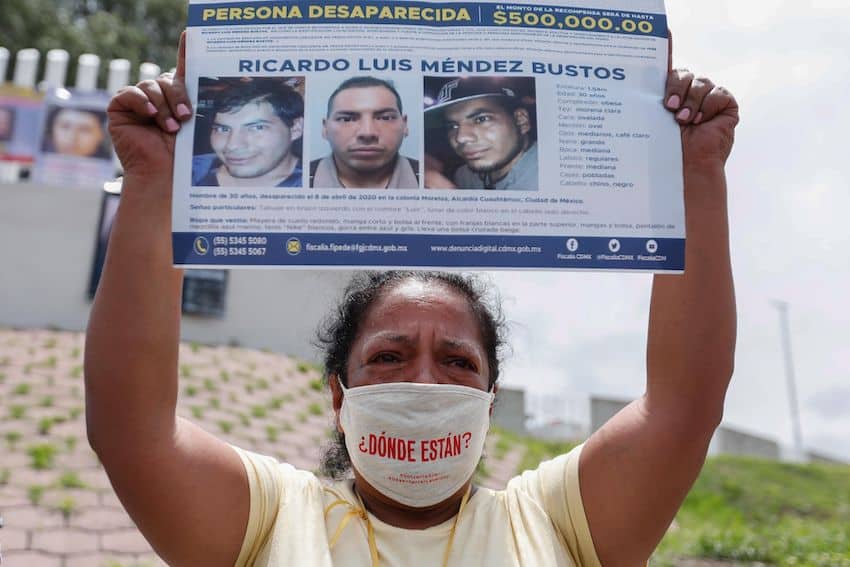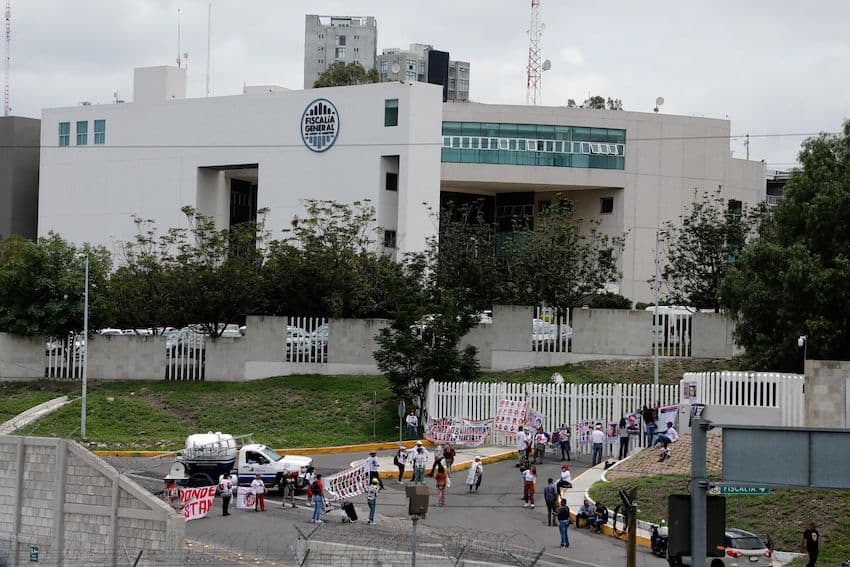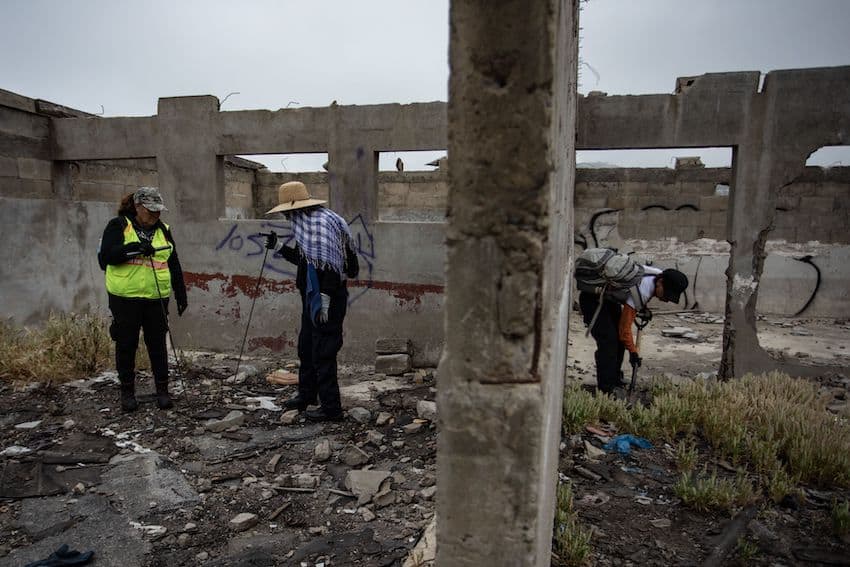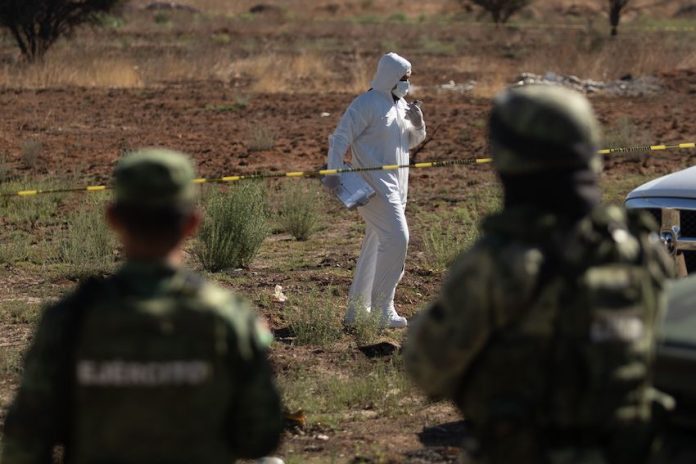Mexican coroners were unable to identify more than 49,000 human remains in 2022, a 338% increase from 2021, reflecting the country’s crisis in forensic services.
Mexico’s Forensic Medical Services (Semefo) received 130,470 human remains last year, up 41% from 2021, according to a report presented by the National Institute for Statistics and Geography (INEGI) on Wednesday. The number includes 88,166 corpses, 1,216 bones and 39,610 fragments.

Of the total, 62% (80,885) could be identified, while 37.6% (49,005) were not identified and 0.4% (580) are still being processed. In 2021, only 13% of human remains were left unidentified.
The increase in unidentified remains is another sign of the forensic crisis that is gripping the country, as forensic services struggle to keep up with Mexico’s huge number of disappearances.
Alicia Franco, of Data Cívica, told the El Economista newspaper that the crisis is due to a lack of resources, personnel and equipment. Institutions involved in processing human remains were given a budget of more than 4.3 billion pesos (US $254 million) in 2022.
Experts have also warned that more effective coordination between institutions is required to address Mexico’s forensic crisis. Mexico’s 2017 Law on the Disappearance of Persons ordered the creation of a National Forensic Data Bank (BNDF). The process has stalled repeatedly, and has currently missed its 2019 deadline by four years.

Although the Attorney General’s Office (FGR) announced in May that the BNDF would begin functioning at the end of the month, it is still not operational. According to César Contreras, of the human rights organization Centro Prodh, the BNDF is unlikely to be ready until 2025 or 2026 at the earliest.
Meanwhile, unidentified human remains are building up in Mexico’s forensic facilities. According to INEGI, 53,347 corpses and other remains were stored in 9,298 different facilities last year, of which 87.6% were unidentified. The border state of Coahuila alone accounted for 72% of the bodies and remains stored.
Coahuila was also the state that received by far the largest number of remains in 2022, with 29.6% of the total. Second-placed México state received just 8% and Baja California 6.3%.
There is also a huge disparity in the number of forensic centers in different Mexican states. Jalisco leads with 44 centers, followed by Michoacán with 31 and Guanajuato with 29. Meanwhile, Aguascalientes, Colima and Puebla have only one each.

Just under a quarter – 22.7% – of remains seen in 2022 received no forensic treatment at all. Of those that did, the leading causes of death were homicide, femicide, accidents and suicides. 57.4% of remains received were men, 11.7% women, and 30.9% of undetermined sex.
With reports from Reforma and El Economista
